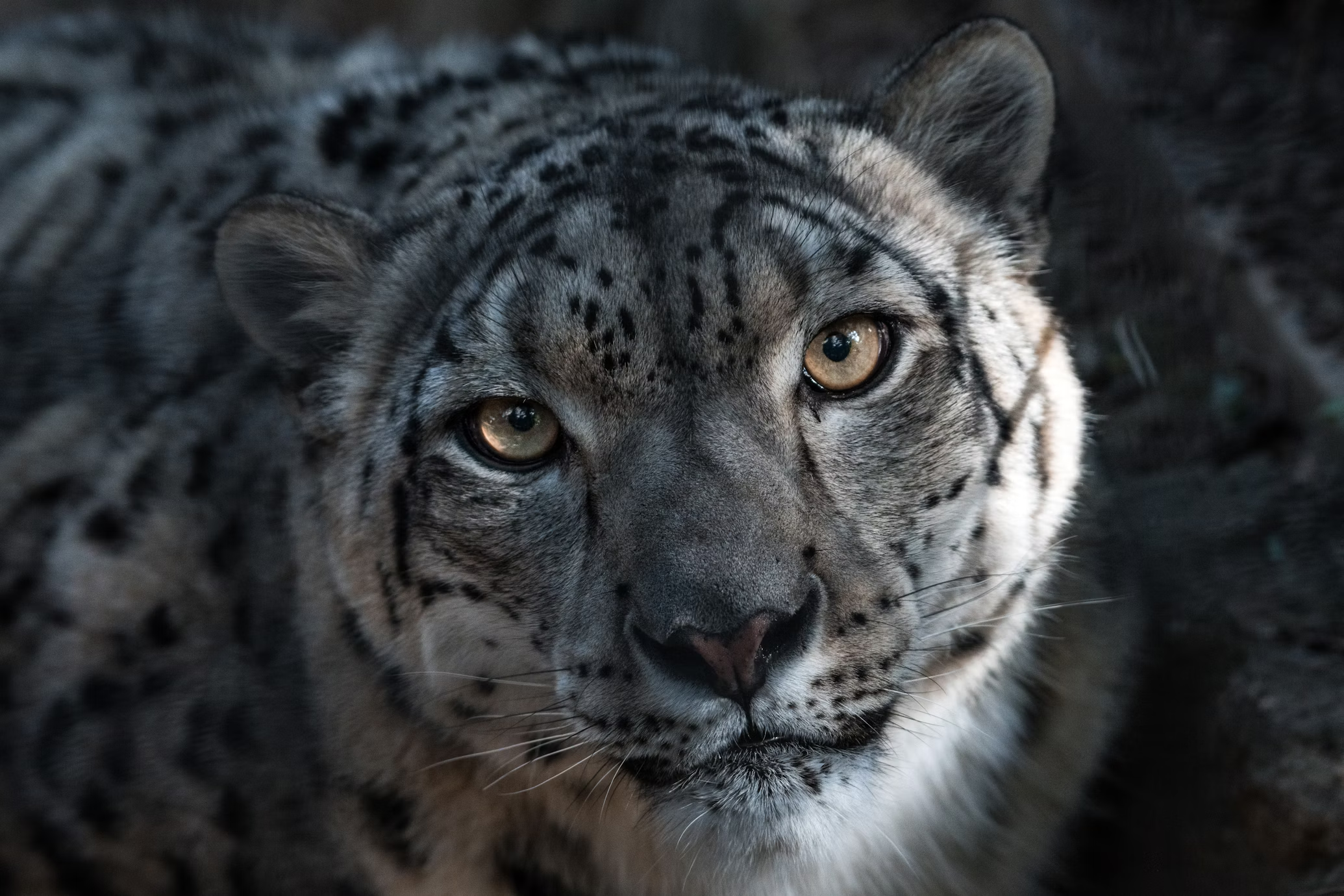
Nepal is not just a place of majestic mountains and serene monasteries but very importantly, a shelter for some of the world’s most endangered species. Its rugged geography ranging from the lowland jungles to the Himalayan apex has formed unique ecosystems that harbor rare and endangered wildlife. While many of these animals face global extinction, Nepal is the very few countries wherein their wild population hangs on.
This article takes a glimpse at the seven globally endangered species that exist within the boundaries of Nepal. These species are not only ecologically important, but they also rank very high in the natural heritage and conservation identity of the country. Read on to know about these species, their habitats within Nepal, and efforts being carried out for their conservation.
1. Bengal Tiger (Panthera tigris tigris)
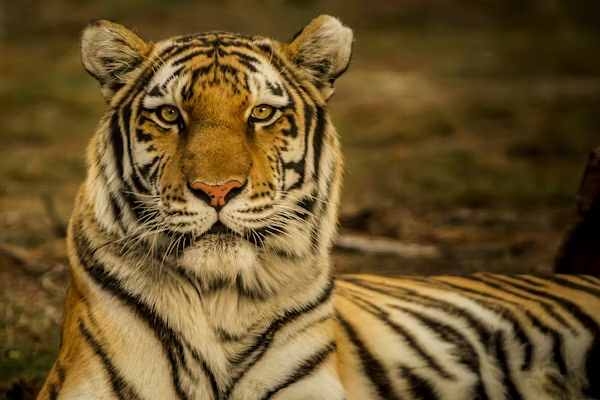
Bengal Tiger, the most well-known big cat of this world, is the most majestic representation of strength and power. In Nepal, it primarily inhabits the lowland Terai forests and grasslands. It is a solitary, territorial animal that requires large areas for hunting and survival. The dramatic decline in the Bengal Tiger population is largely because of the illegal poaching and loss of habitat.
Bengal tigers inhabit protected areas such as Chitwan National Park, Bardia National Park, and Parsa Wildlife Reserve. Tangible successes have been made by Nepal in tiger conservation, although much vigilance is needed to ensure the future of these animals.
2. One-Horned Rhinoceros (Rhinoceros unicornis)
It is also scientifically termed as Rhinoceros unicornis. This particular species is identified by its single black horn and an armor-like skin covering the entire body. It is an animal that used to occupy a region of the northern Indian subcontinent, but currently, it survives only in small and isolated populations. Poaching for horns and threats of shrinking habitats have put them on the verge of extinction.
The one-horned rhinoceros essentially dwells in Chitwan National Park and Bardia National Park, Nepal. Proof can be seen in the successful anti-poaching measures directed towards the increase in numbers of rhinos in Nepal; however, danger still lurks to this day.
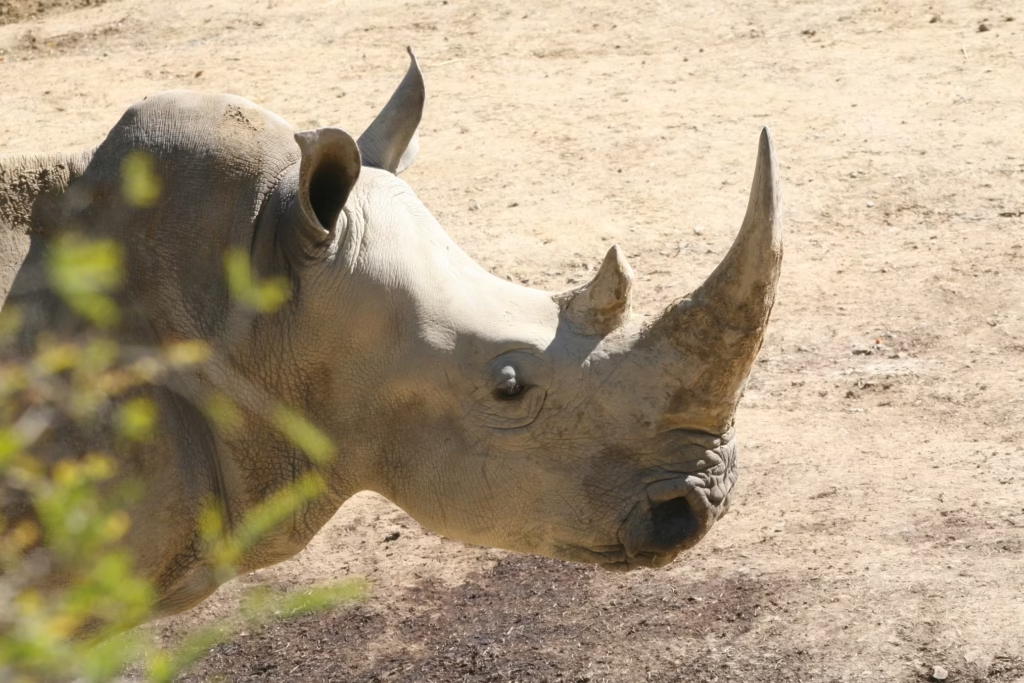
3. Snow Leopard (Panthera uncia)
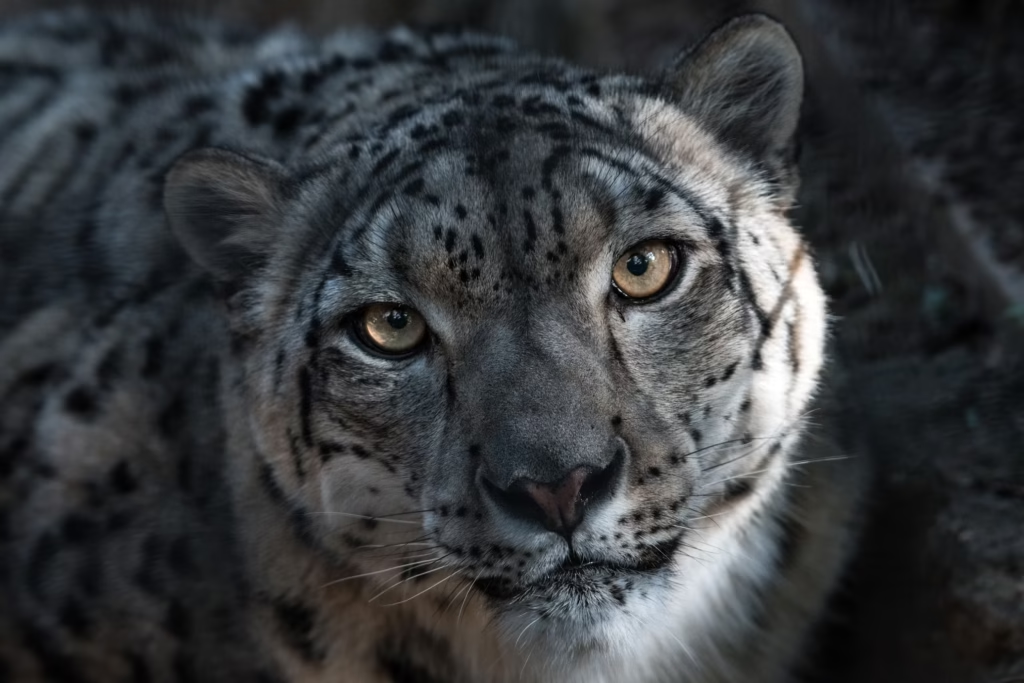
The snow leopard is a rarely seen animal in the high-altitude regions of Nepal: graceful and elusive. With thick fur and a powerful build, this cat has the best anatomical feature to adapt to the harsh cold conditions of the Himalayas. But, it is threatened by retaliatory killings, habitat fragmentation, and climate change.
The snow leopard is found within the confines of Annapurna Conservation Area, Sagarmatha National Park, and Shey Phoksundo National Park. Conservation organizations are supporting communities to foster snow leopard-friendly environments while minimizing human-animal conflict.
4. Red Panda (Ailurus fulgens)
The small and cuddly red panda lives in the temperate forests of Nepal with its reddish-brown fur and bushy tail. This animal is essentially a nocturnal and shy animal that diets on bamboo. Sadly, this magnificent animal is facing possible extinction due to habitat loss, deforestation, and illegal pet trade.
These forests are important for the red panda’s survival, as he can be found on the Langtang National Park, Rara National Park, and the Kanchenjunga Conservation Area. They are notoriously elusive but well hidden in these forests.
5. Gharial (Gavialis gangeticus)
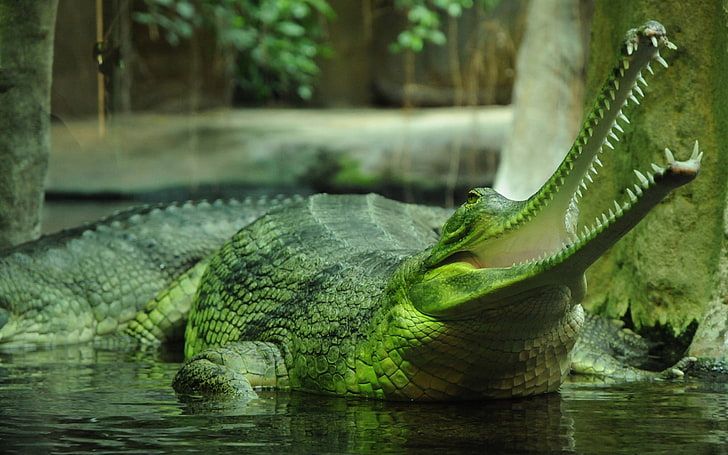
The gharial is a very special type of crocodile with a long, narrow snout that is well adapted for capturing fish. It suffers critically endangered status from pollution, fishing nets, and river modification projects. Fewer than 1,000 left in the wild, and every one of them is precious.In Nepal, gharials are found in the Narayani, Rapti, and Karnali Rivers to make very good gharial habitats found in the Chitwan and Bardia National Parks. Conservation breeding and releasing programs are also in place to help improve their numbers in the wild.
6. Asian Elephant (Elephas maximus)
Asian elephants are intelligent and social animals that inhabit southern forests in Nepal. Due to deforestation for agriculture and development, these elephants are faced with shrinking habitats and increasing conflict with humans, making them very endangered.
They inhabit Chitwan, Bardia, and Shuklaphanta National Parks and their surrounding forest corridors. Conservation efforts are directed towards establishing secure migratory routes for elephants and working with communities to mitigate human-elephant conflict.
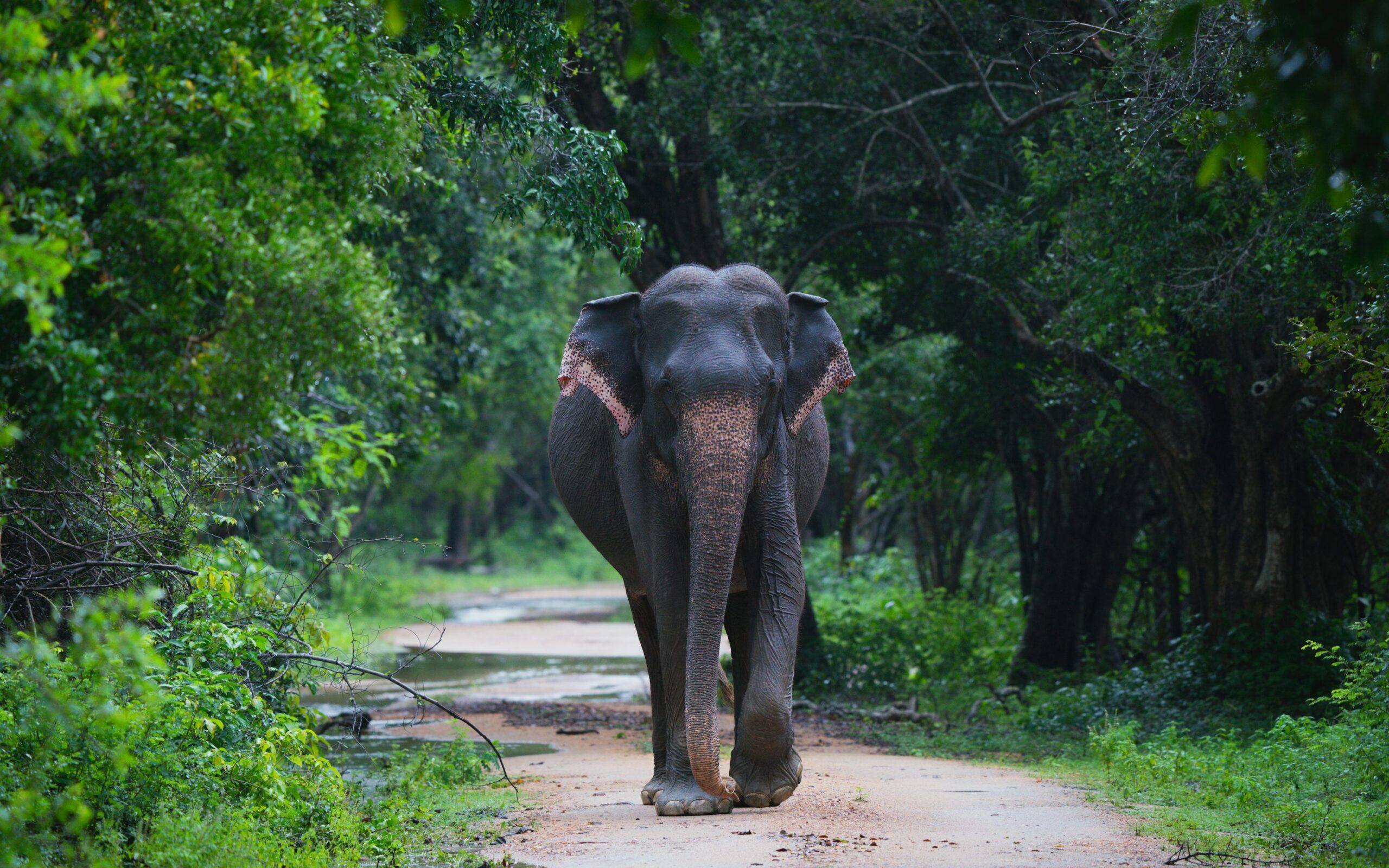
7. Greater Adjutant Stork (Leptoptilos dubius)
This strange and giant-looking bird is the one amongst the rarest of storks in the world. Once commonplace throughout South Asia, today, the greater adjutant’s range is extremely restricted. Destruction of habitat, brief lack of information, and pollution have pushed this bird to the brink.
In Nepal, it has been observed in some areas of the Koshi Tappu Wildlife Reserve and the Terai wetlands. Efforts have been made to conserve its nesting and feeding habitats, including local communities in conservation work.

Such a biodiversity appears treasure to have the country of Nepal, but that treasure is in danger. The seven endangered species, which this blog highlights, reflect the larger environmental problems that the country as well as the planet are facing. Conservation in Nepal has celebrated its successes in some areas, especially regarding tigers and rhinos, but there are many battles to go.
As travelers, nature enthusiasts, or people with a concern for the world, everyone has a role in supporting conservation programs, raising awareness, or championing the course of sustainable tourism. That is to say, the future of Nepal’s wild heart remains for generations by protecting these species.

